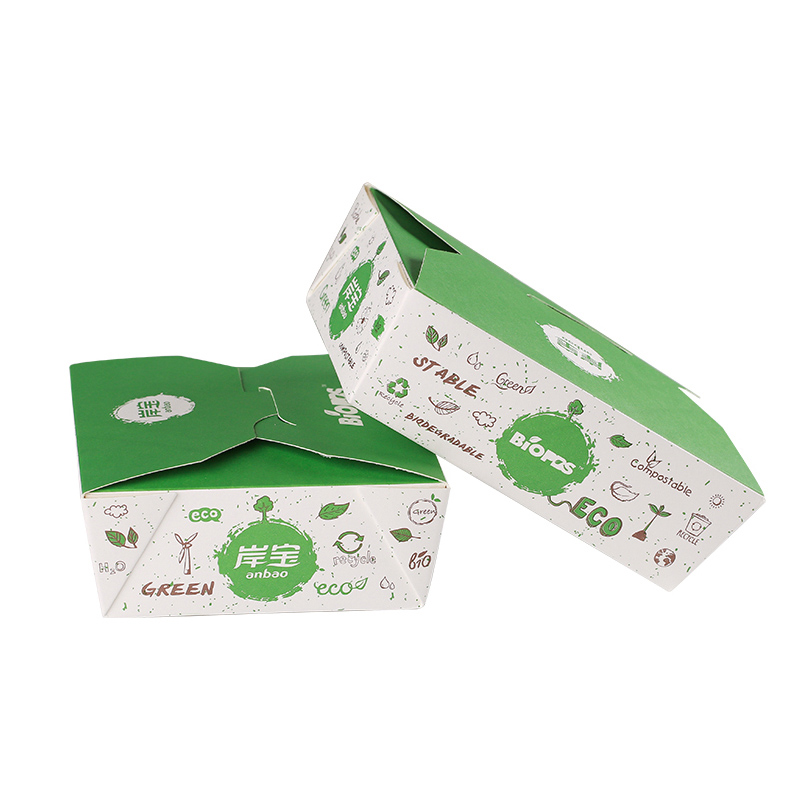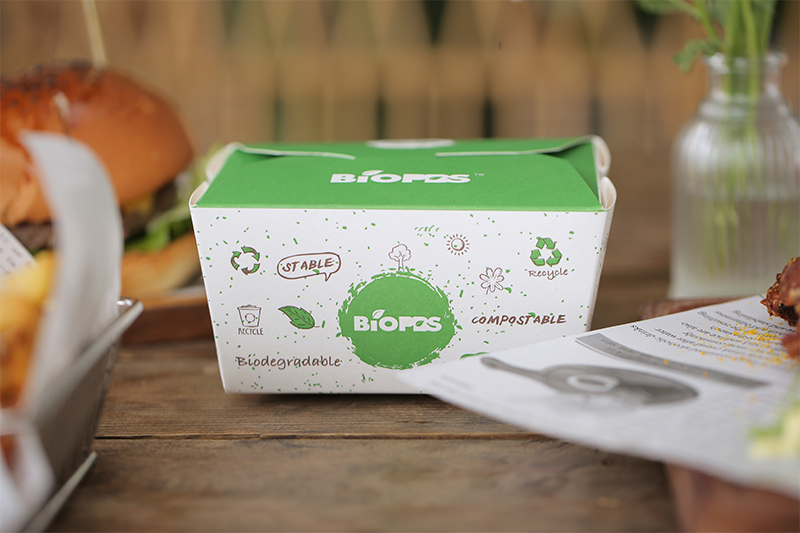
Take away boxes have become an integral part of modern food service, enabling the safe, convenient transport of meals from restaurants, cafes, and food stalls to consumers’ homes or workplaces. Their design and material choices are shaped by a mix of practical needs—like preserving food temperature and preventing leakage—and growing environmental concerns, making them a dynamic category of food packaging.
The material composition of take away boxes varies widely to suit different types of food. Paper-based boxes are among the most common, often made from kraft paper, cardboard, or paperboard. Many include a thin, food-safe coating (such as polyethylene or plant-based polylactic acid/PLA) to resist oil and moisture, making them ideal for dry or semi-wet foods like sandwiches, burgers, or fried items. Some paper boxes feature foldable designs with interlocking flaps, eliminating the need for tape and ensuring a secure seal. Plastic take away boxes, typically crafted from polypropylene (PP) or polyethylene terephthalate (PET), offer excellent durability and moisture resistance. They are often used for soups, curries, and saucy dishes, as they can withstand liquid without leaking and are microwave-safe— a key feature for consumers who want to reheat meals. Foam take away boxes (made from expanded polystyrene/EPS) were once popular for their superior insulation, keeping hot foods warm and cold foods cool for extended periods. However, their slow decomposition rate has led to reduced usage in many regions, replaced by more eco-friendly alternatives.
Functional design is a critical aspect of take away boxes, as it directly impacts user experience and food quality. Many boxes include compartmentalized interiors to separate different food items—preventing sauces from mixing with dry foods or hot sides from making cold dishes soggy. Ventilation holes are another common feature, especially in boxes for fried or baked foods (like french fries or pastries), as they allow steam to escape and keep food crispy. For liquid-based meals, boxes often have tight-fitting lids with rubberized gaskets or raised rims to prevent spills during transport. Some designs also incorporate stackable shapes, making them easier for restaurants to store and for delivery drivers to transport multiple orders without tipping. Microwave and freezer compatibility are additional design considerations: plastic and certain coated paper boxes are labeled to indicate safe use in these appliances, helping consumers avoid accidental damage or health risks.

The environmental impact of take away boxes has driven significant innovation in recent years. As concerns about plastic pollution grow, the industry has shifted toward more sustainable materials. Compostable take away boxes, made from materials like sugarcane fiber, wheat straw, or bamboo, break down naturally in industrial composting facilities within 3-6 months, leaving no toxic residues. Biodegradable plastics (derived from plant sources like corn or sugarcane) are also gaining popularity, offering the durability of traditional plastic but with a reduced environmental footprint. Many regions have implemented regulations to limit the use of non-recyclable or non-compostable take away boxes, encouraging restaurants to adopt eco-friendly options. Additionally, reusable take away boxes—made from stainless steel, glass, or durable plastic—are emerging as a long-term solution, with some food establishments offering incentives for customers who bring their own containers.
When selecting or using take away boxes, several factors should be considered. For consumers, checking the box’s compatibility with heating methods (microwave, oven, or stovetop) is essential to avoid melting or releasing harmful substances. Proper disposal is also key: compostable boxes should be sent to industrial composting facilities (not home compost bins, which may not reach the required temperatures) while recyclable paper or plastic boxes should be cleaned of food residue before recycling. For food service providers, balancing cost, functionality, and sustainability is important—opting for boxes that meet both customer needs and environmental standards can enhance brand reputation and reduce long-term waste management costs.


